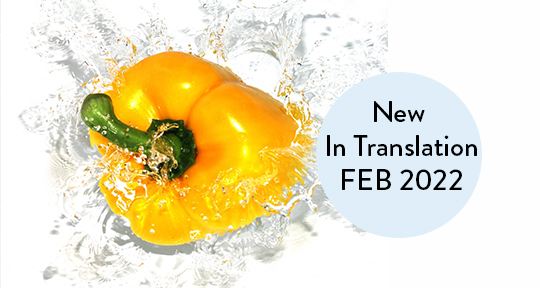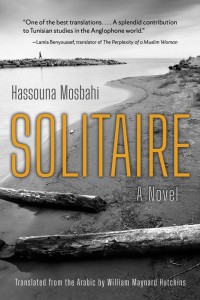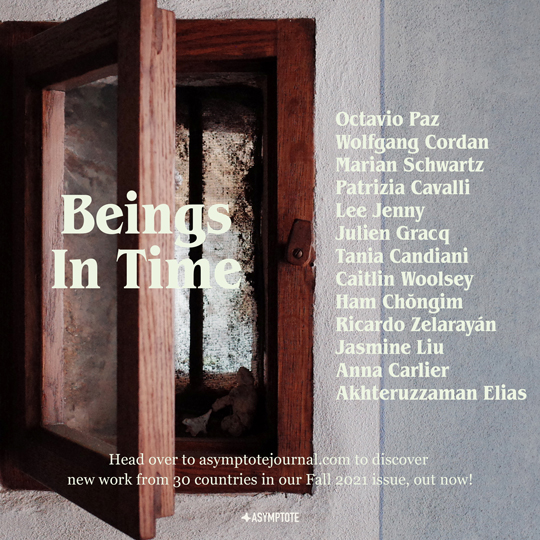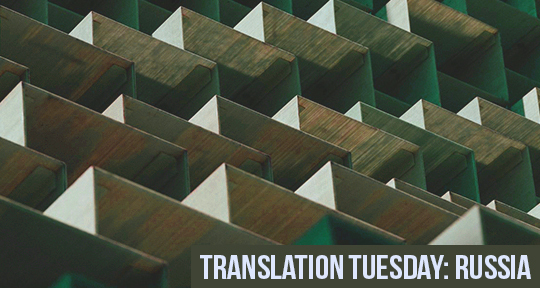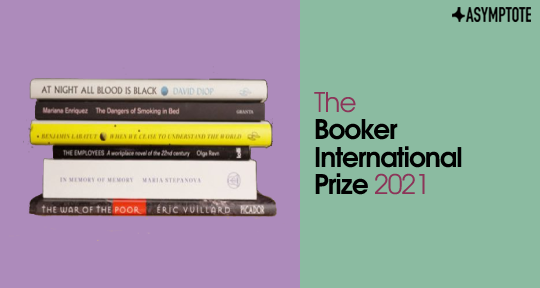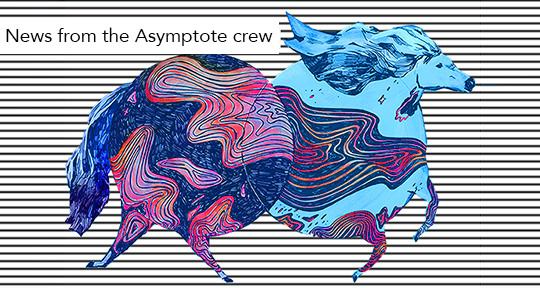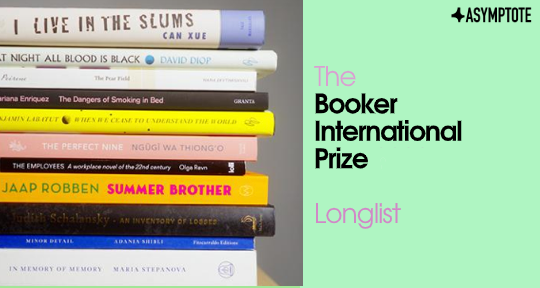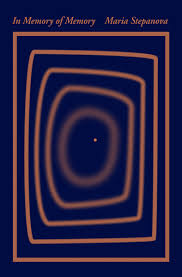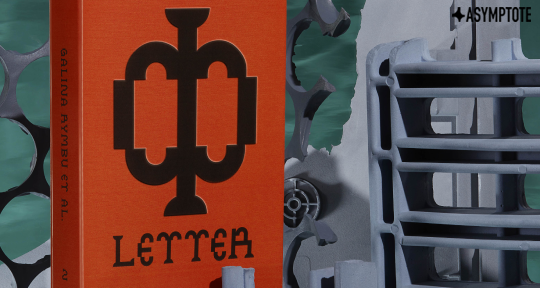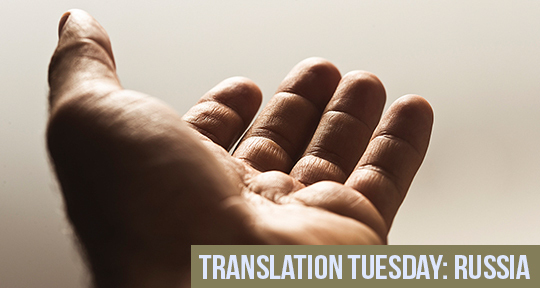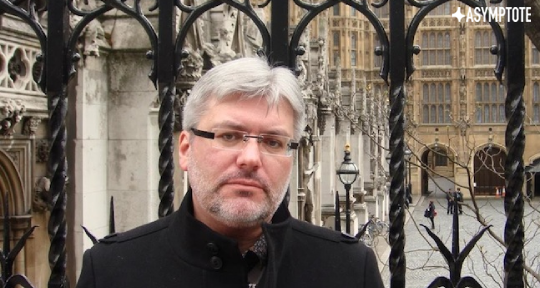Poetry, in dark times, must record and resist. This Translation Tuesday, read Russian poet Dmitry Gerchikov’s response to a Penza court’s high profile sentencing of eleven men for allegedly participating in an anti-government anarchist organisation known as Network—a group widely regarded as non-existent and fictitious. Proceeding through an obsessive adherence to the reportage of numerical data points, Gerchikov stretches the language of factuality and neutrality to accommodate the absurd. In Lena Tsykynovska’s translation, Gerchikov’s protest poem against the banality of state violence and the state’s manipulative use of language is conveyed to chilling effect.
“In a 2019 essay about an imaginary action consisting of walking around Moscow wearing a mask of Putin, Dmitry Gerchikov wrote: “Art is what happens right now, but writing is always in the past, especially poetry. Poetry is always running late to reality.” “10 February 2020” was only two months late to reality, published in April 2020. The Network group that appears in the first line of the poem are eleven young men accused of participating in an anti-government terrorist anarchist organization, seven of whom, on 10 February 2020, were given long prison sentences. Many believe that the evidence against the defendants was falsified, and extracted through torture.
One moment in the poem I could not translate within the poem proper was: “Mark Fisher is not a lion.” When I first sent him the translation, the author pointed out to me that the lion was also a play on the word for “left.” We decided to convey that information in this note. I also was not able to translate the fact that, toward the end of the poem—“I am still in love”—the speaker gestures to herself as female, by using the feminine form of the verb.
Thanks to Dima and to many other poets in Russia for their solidarity with Ukraine.”
—Lena Tsykynovska
10 February 2020
10 February 2020, the day of the sentencing of the Network group the average speed of the wind was 8 m/s. The day was 9 hours and 15 minutes long. The sun rose at 08:06.
According to a calendar called “A Calendar For Gardeners” it was a good day for gathering crops suitable for drying. The moon was in Virgo, which is the optimal time to do some bookkeeping, and promises healthy digestion.
As noted by RIA news: “Comrade Beria lost his trust, so comrade Malenkov gave him some kicks.
Him some kicks.
Him some kicks.”
The magnetic field was calm. Barometric pressure was measured at 739mm. By 15:00 humidity had dropped to 70%.
A third world war is inevitable. Life is difficult. Sunset is at 17:22. We have fused together like a swastika and a star. A swastika and a star.
A swastika and a star.
Life is inevitable.
“The police wear big round caps, because they are forbidden to look at god’s sky, at god’s sky, at god’s sky by an order issued on 4 February 1999. So if they try to surround you, you should jump as high as you can, because then they’ll only be able to see your shoes, and won’t remember your face.
Won’t remember your face
Won’t remember your face.” READ MORE…


